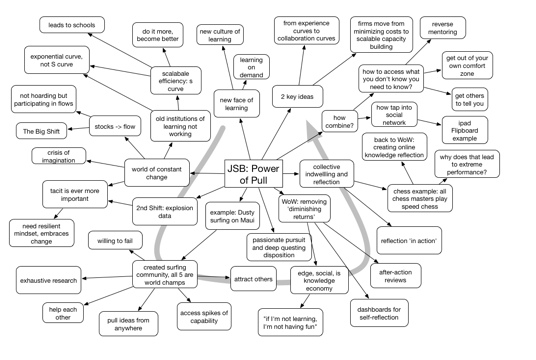The eLearning Guild‘s DevLearn was a blast, as always. I was so involved that I hardly got to see any sessions, but had great conversations. And afterward the Internet Time Alliance really solidified our plans. Exciting times ahead.
And there’s quite a bit of travel coming up. On Wed I depart to La Jolla to attend WCET’s conference, where I’ll be talking on mobile learning. Then on Sunday I head to Phoenix for the Virtual School Symposium.
This precedes the Online Educa in Berlin December 1-3, where I again talk mobile.
On Dec 13-14, we’ll be running an ITA event in Maastricht, and then on the 16th, we’ll have one in London. If you’re interested in working smarter and the future of organizational learning, and you’re in Europe, you should try to hit one.
In between, I may have some free time, so let me know if you’re interested.
Early in the new year, I’ll be running the mobile design workshop in San Jose for ASTD’s TechKnowledge conference.
Further ahead, I’ll be at Sydney for the Australasian Talent Conference in May, and Wisconsin for the the Annual Conference on Distance Teaching and Learning in August. For both of those, the topic is more the bigger picture of how learning can be facilitated with technology.
I’d welcome seeing you at any of the events. If you attend, make sure to say hi!
